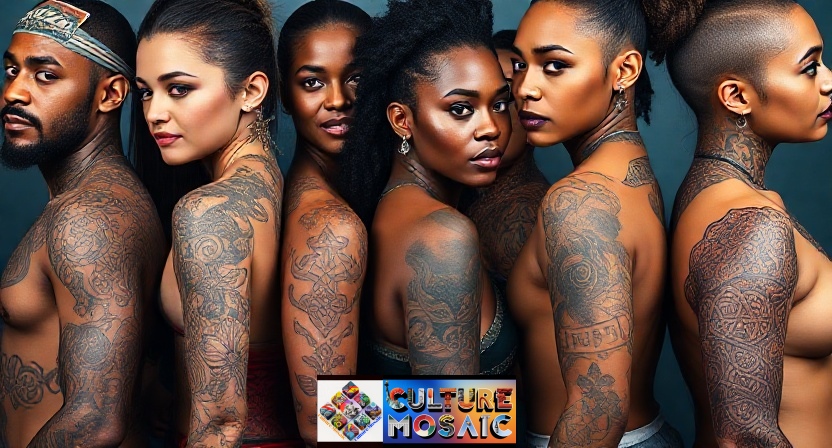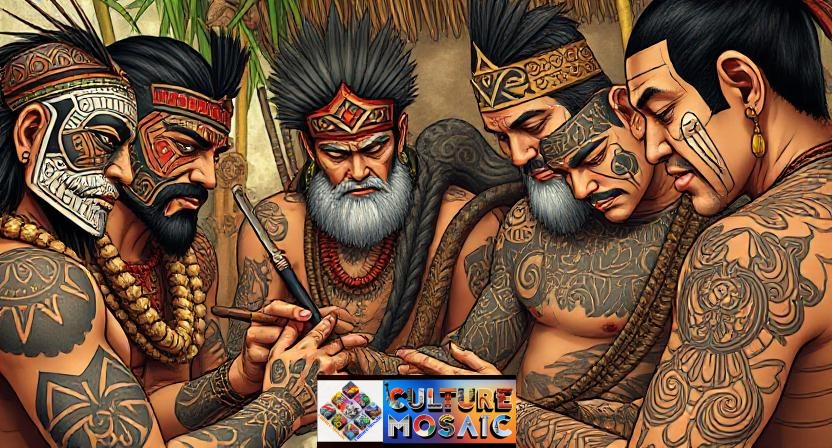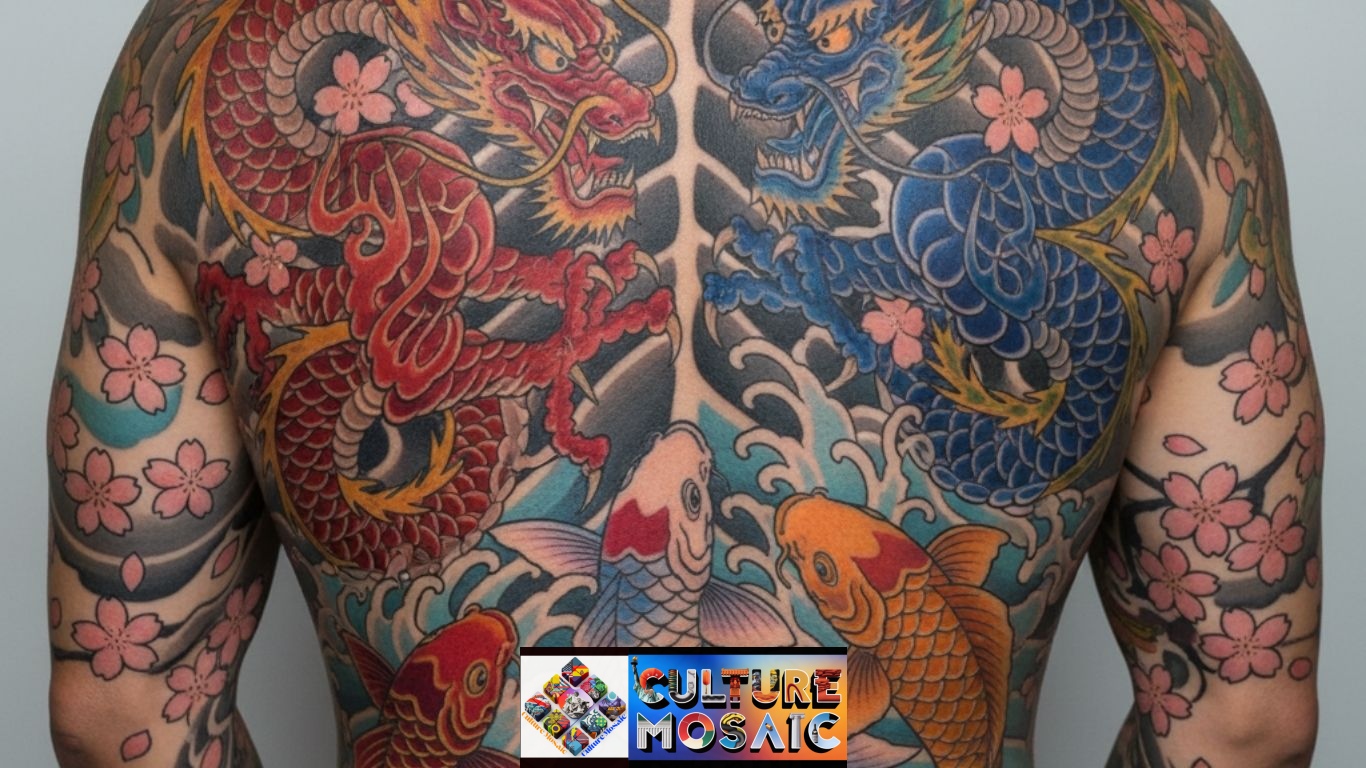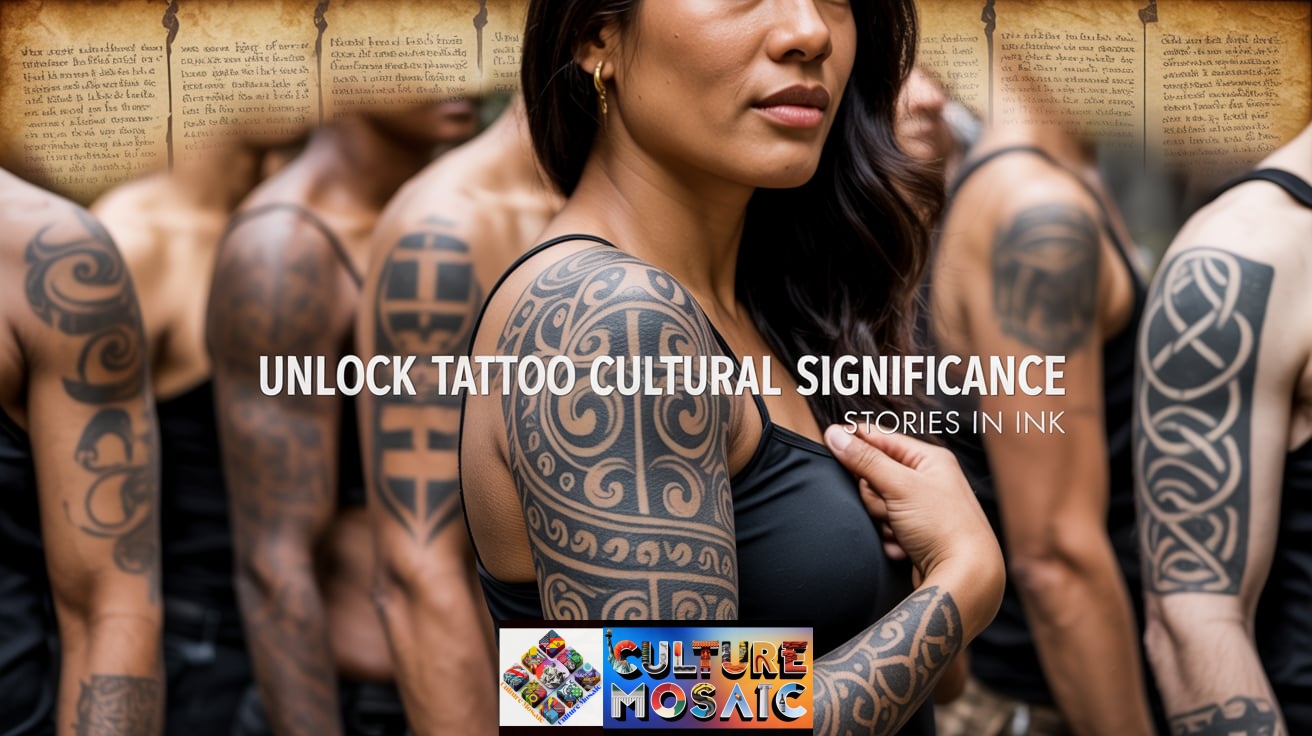Tattoos are more than art – they are a canvas for tattoo cultural significance, stories that span centuries and continents. From the Polynesian Tatau to the family dynasty as flexibility as Japanese Erezumi, each design carries a piece of history, identity and meaning. As we sit on September 24, 2025, global acceptance is obtained with tattoos (more than 32% adults have one), these ink stories connect ancient rituals with modern self-expression. Whether you are searching for unique beautiful hand tattoos or looking for deep stories behind them, this journey through tattoo traditions – from Pacific Islands to Urban Studios – from insight to all. Let’s dive into the cultural importance of tattoos and why it echoes today.
What Is Tattoo Cultural Significance?

The cultural significance tattoos refers to the deeply held meanings behind tattoos that conveys values, histories, and rituals of a culture. Tattoos are much more than decorative adornments, but rather denote important transitions, social roles, or spiritual beliefs. For example, UNESCO says of Polynesian tattooing, “This art form is a way of preserving one’s cultural identity” and includes practices such as tattooing onto its “List of Intangible Cultural Heritage”.
These tattoo stories tell: a Maori Ta Moco Maps on the lineage, while a barbaric hand tattoo provides safety. In 2025, tattoos in the form of tattoos bridge the traditional and modern world, their importance lies in connecting people with their roots expressing personality. Hand tattoos, being highly visible, increase these cultural messages, making them a adventure option to tell them.
Historical Roots of Tattoo Cultural Significance

Tattoos have ever been a part of cultural rituals for over 5 thousand years. Throughout Polynesia, tattooing (from which the term “tattoo” derived), or Tatau, was conducted with bone implements and indicated lineage or accomplishment, mostly on the hands for ease of visibility. The Japanese erezumi developed in the Eido period (1603-1868) signified power, while warrior and extinguisher tattoos often depicted koi and dragons to beautify.
In ancient Egypt in the form of tattoos, women are recorded to have had various eczema on the hands which indicated fertility or safeness. Indigenous tribes in North America made use of tattoos for various spiritual beliefs, and eventually European sailors carried over tattooing practice they experienced while visiting Pacific Islands. Each of these tattoos origin relates to the concept that tattoo cultural representation has always been a language shared worldwide, developing through trade, migration and exchange of culture.
Iconic Examples of Tattoo Cultural Significance
Here’s a table showcasing key tattoo traditions, emphasizing their cultural meanings and hand tattoo relevance, drawn from global practices:

| Tradition | Region/Culture | Key Elements | Cultural Significance |
|---|---|---|---|
| Polynesian Tatau | Pacific Islands | Geometric patterns (e.g., turtles, waves) on hands or arms. | Marks lineage, status; hand tattoos signal community roles. |
| Japanese Irezumi | Japan | Vibrant dragons, koi fish; detailed hand designs. | Represents resilience, courage; once tied to outcasts, now art. |
| Maori Ta Moko | New Zealand | Spiral patterns, often extending to hands. | Reflects genealogy, identity; sacred rite of passage. |
| Berber Tattoos | North Africa | Dots, lines on hands for protection or status. | Symbolizes identity, warding off evil; tied to femininity. |
| Modern Tribal Art | Global | Bold or minimalist hand designs inspired by ancient motifs. | Blends cultural heritage with personal expression in 2025. |
These traditions inspire ideas unique pretty hand tattoos, like delicate Polynesian waves or minimalist Berber symbols, blending cultural depth with modern aesthetics.
Why Tattoo Cultural Significance Matters in 2025

Tattoo cultural importance holds heritage hostage in an ever-changing world. It ties people to the stories of their ancestors, such as Polynesian tatau that celebrates family, while building cross-cultural communication. In 2025, with tattoos going mainstream ($3 billion in the global economy), they’re a global art that transcends past and present.
Socially, tattoos act to deconstruct stereotypes, as exploring the meanings of Ta Moko warrants respect. Economically, tattoo tourism (traveling to engage with tattoo artists in Samoa, for example) shows that tattooing exists within viable communities. On a personal level, tattoos confer self-empowerment, notwithstanding the inherent boldness of hand tattoos as cultural statements. Tattoos are an active archive of human stories, uniting diverse cultures while creating profound practices of solidarity and care.
Challenges in Preserving Tattoo Cultural Significance
Preserving tattoo cultural significance faces obstacles. Globalization promotes generic designs, diluting traditions like Irezumi. Cultural appropriation—using sacred tattoos without context—raises ethical concerns, as seen in debates over non-Polynesian tatau.
Modernization shifts focus to trendy designs, reducing traditional practices. Hand tattoos, prone to fading, pose technical challenges. Education, ethical artistry, and community storytelling are key to overcoming these hurdles.
Future Trends for Tattoo Cultural Significance in 2025
In 2025, tattoo cultural significance thrives with trends like fusion designs—Polynesian motifs with minimalist lines. Technology, like AR apps for virtual try-ons, enhances accessibility. Sustainable inks and inclusivity amplify underrepresented traditions, like Berber tattoos. Social media (e.g., X campaigns) spreads these stories, connecting global audiences.
Ideas for Unique Pretty Hand Tattoos
Inspired by the cultural significance of tattoos, here are unique, pretty hand tattoo ideas:
- Polynesian Waves: Flowing wave patterns on fingers, symbolizing a journey.
- Irezumi Koi: Small koi fish on the hand, representing perseverance.
- Maori Spirals: Delicate spirals on knuckles, reflecting heritage.
- Berber Symbols: Tiny protective dots on the wrist are culturally rich.
- Tribal Florals: Modern floral-tribal hybrids, blending tradition and elegance.
Choose designs with cultural respect, consulting artists knowledgeable about their origins.
Conclusion: Celebrate Tattoo Cultural Significance
Tattoo cultural significance transforms ink into stories, from Polynesian lineage to modern tribal expressions. In 2025, these tales connect us to our roots and each other. Whether you’re drawn to ideas unique pretty hand tattoos or their deeper meanings, embrace this art with curiosity. Share your story on X with #TattooCulturalSignificance—let the ink tell your tale.
FAQs
1. What is tattoo cultural significance?
Tattoo cultural significance refers to the meanings behind tattoos, reflecting cultural values, rituals, and histories, like Polynesian tatau or Japanese Irezumi.
2. Why is tattoo cultural significance important in 2025?
It preserves heritage, fosters empathy, supports tourism, and empowers self-expression, linking ancient rituals to modern art.
3. What are some ideas for unique pretty hand tattoos?
Polynesian waves, Irezumi koi, Maori spirals, Berber symbols, or tribal florals offer cultural depth and aesthetic appeal.
4. What challenges threaten tattoo cultural significance?
Globalization, cultural appropriation, and modernization risk diluting traditional tattoo practices, requiring ethical artistry.
5. How are tattoo cultural tales evolving in 2025?
Trends include fusion designs, sustainable inks, AR technology, and social media amplifying underrepresented tattoo traditions.

